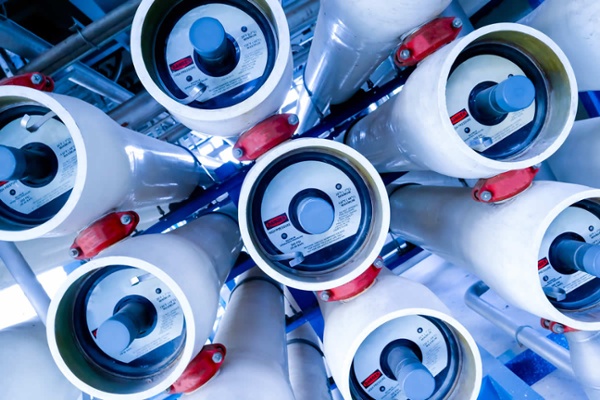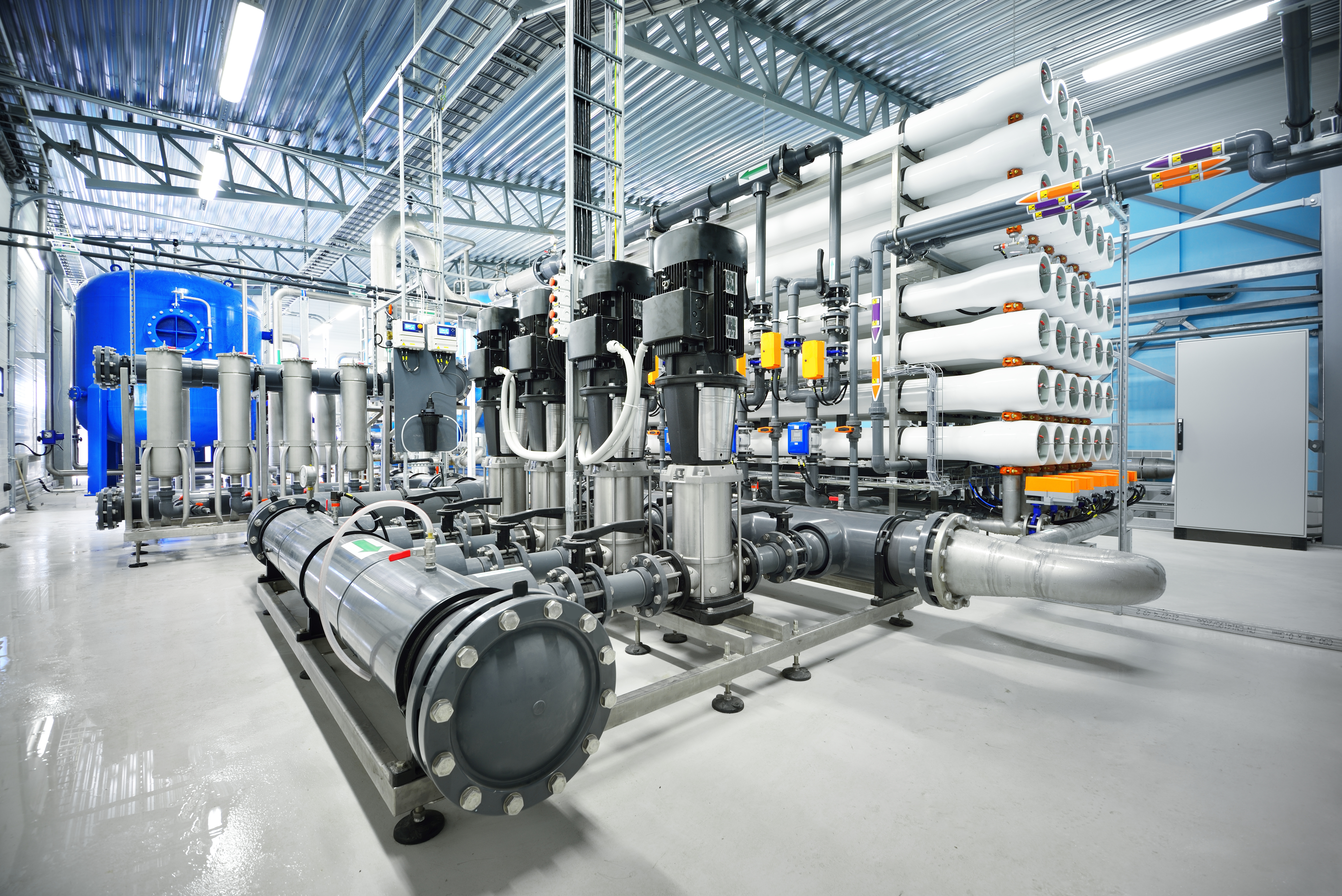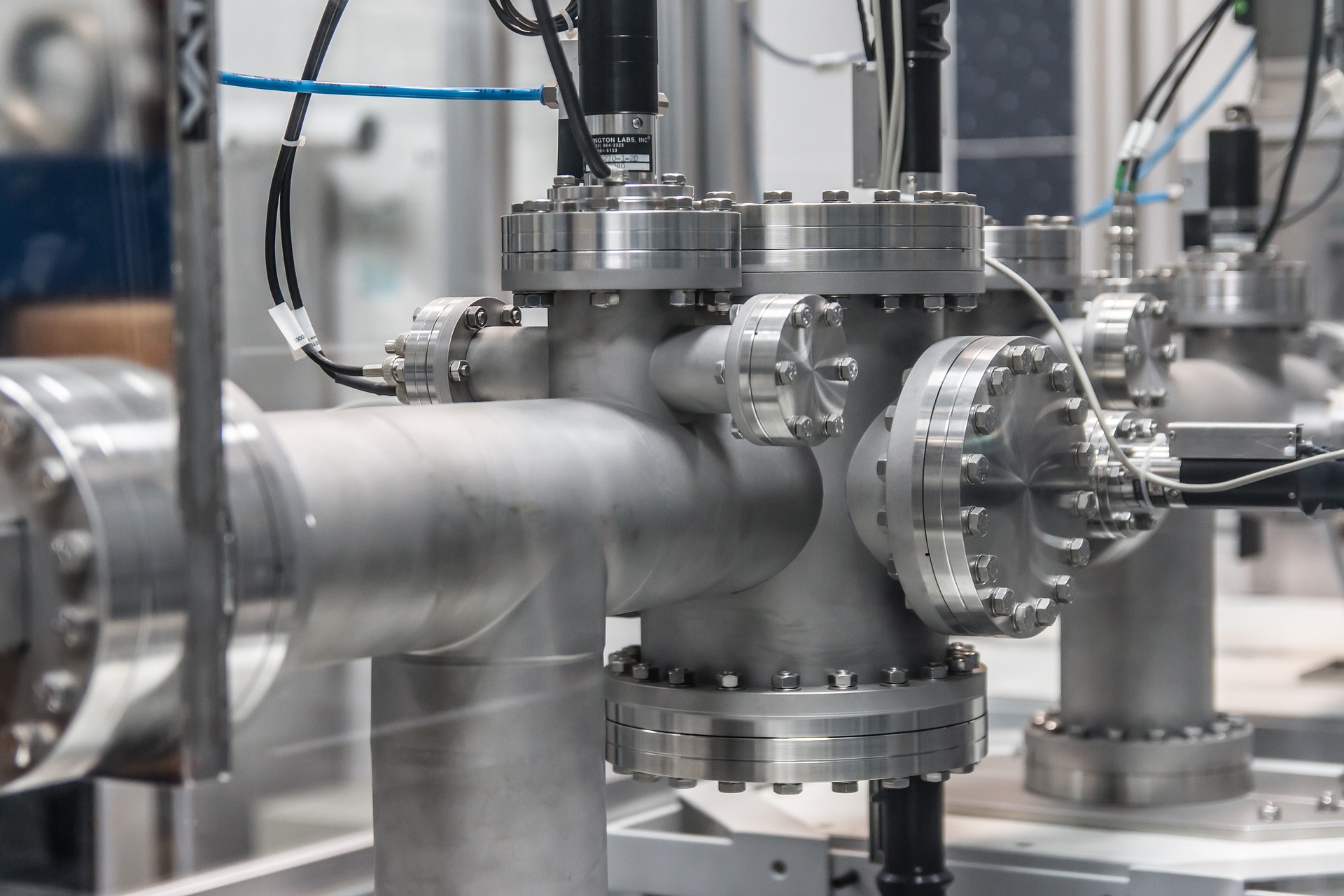Green Hydrogen: The Key Role of Water in Sustainable Production
As the green hydrogen industry grows, understanding water's role in hydrogen production becomes increasingly critical. Water is a fundamental resource in the electrolysis process, where it is split into hydrogen and oxygen using electricity.
This blog delves into the key questions that must be addressed for efficient and sustainable green hydrogen production: How much water is required? What quality of water is necessary? And where should this water be sourced?
The Different Types of Water in Green Hydrogen Production
In green hydrogen production, three distinct types of water are used, each serving a specific purpose:
- Raw Water: This is extracted from natural sources such as rivers, lakes, or groundwater, and is subsequently treated to produce ultrapure water.
- Cooling Water: Used to manage the heat generated during the electrolysis process.
- Ultrapure Water: This is the primary feedstock for the electrolyzer, where it is split into hydrogen and oxygen.
Each type of water has unique quality and quantity requirements, necessitating a tailored approach to sourcing and treatment.
Raw Water: Sourcing and Quantities
As hydrogen production scales up, the sourcing of raw water becomes a significant challenge. Smaller projects might rely on potable water, but larger-scale operations must consider alternative sources such as groundwater, treated wastewater, or seawater. Each of these sources demands different treatment processes, which in turn influence the volume of raw water required. For instance, to produce 900,000 cubic meters of ultrapure water, approximately 1,200,000 cubic meters of groundwater or 3,000,000 cubic meters of seawater might be necessary. This highlights the importance of selecting the right water source based on availability, environmental impact, and treatment costs.
Cooling Water: Managing Heat in Electrolysis
The cooling water requirements for green hydrogen production vary depending on the scale of the operation. Smaller projects may employ dry cooling systems, while larger ones might integrate more extensive water-based cooling systems, potentially utilising seawater. A typical water-based cooling system requires around 400 litres of water per hour per megawatt (MW) of electrolyzer capacity. Notably, the quality standards for cooling water are less stringent than those for ultrapure water, allowing for more flexibility in its sourcing and treatment.
Ultrapure Water: The Backbone of Electrolysis
Ultrapure water is the lifeblood of the electrolysis process, but its required quality is influenced by several factors, including the type of electrolyzer, electrode materials, and overall system design. Impurities in the water can lead to increased operational costs, reduced efficiency, or even damage to the electrolyzer. Therefore, water treatment must be meticulously tailored to meet the specific needs of each project. For example, the required conductivity of ultrapure water can vary significantly, from less than 1 µS/cm for standard alkaline electrolysers to less than 0.1 µS/cm for Proton Exchange Membrane (PEM) electrolysers.
Ultrapure Water Consumption in Electrolysis
Green hydrogen production is inherently water-intensive. To produce 1 kilogram of hydrogen, approximately 9 kilograms (or liters) of ultrapure water are needed. This means that a plant producing 100,000 tons (100 million kg) of green hydrogen annually would require about 900,000 tons (900 million kg) of ultrapure water. The water consumption rate is typically around 200 litres per hour per MW of electrolyzer capacity, making water supply a critical consideration for large-scale operations.
Energy Consumption in Water Treatment Processes
While the energy required for water treatment, especially desalination, is a factor, it is relatively small compared to the energy demands of the electrolysis process itself. The treatment of raw water to produce ultrapure water involves two main stages:
- Pretreatment: This stage removes contaminants from the raw water. The specific pretreatment process depends on the water source. For example, groundwater might require filtration to remove iron and manganese, treated wastewater might need ultrafiltration and UV treatment, and seawater typically undergoes reverse osmosis (RO) for desalination.
- Polishing: The polishing stage further purifies the water, ensuring it meets the stringent standards required for electrolysis. This step reduces ions, hardness, total organic carbon (TOC), silica, and gases to achieve the desired ultrapure water quality.
In conclusion, understanding the quality and volume requirements for raw and ultrapure water is essential for the efficient and sustainable production of green hydrogen. As the industry continues to expand, careful consideration of water sourcing, treatment, and consumption will be key to advancing green hydrogen as a cornerstone of the global energy transition.
For further information or help with solutions for water treatment, then feel free to contact our experts. We're here to help you make the best choice for your filtration needs. You can give us a call or send us an email, we're always happy to help.
PoreFiltration – Making your filtration systems work harder





